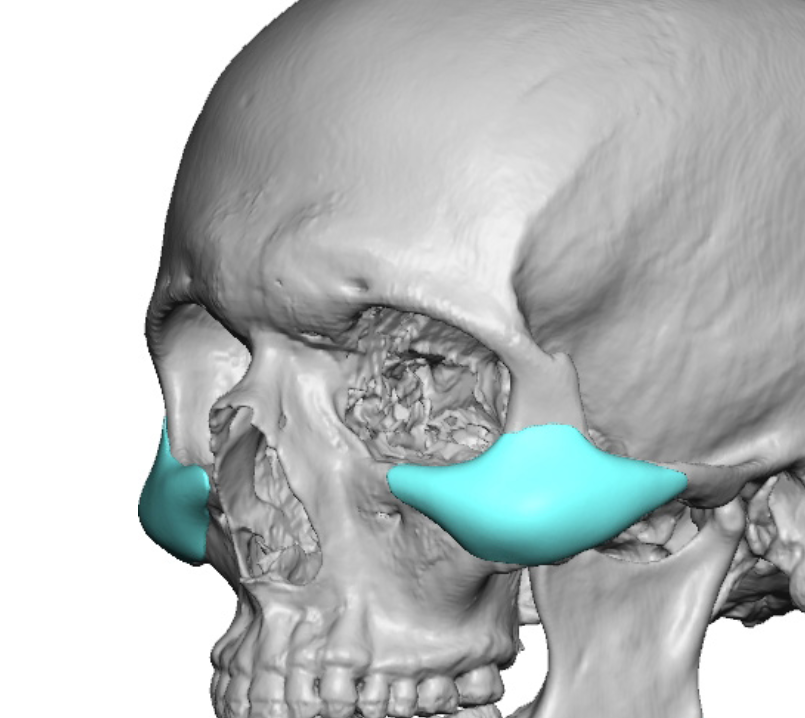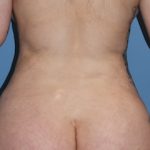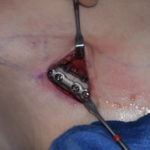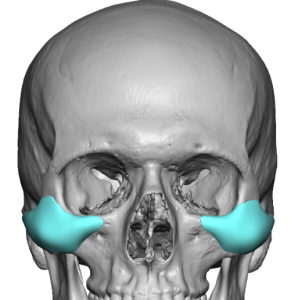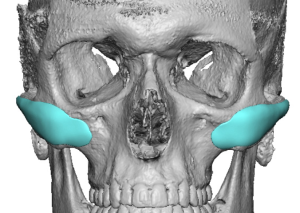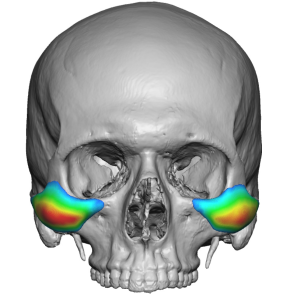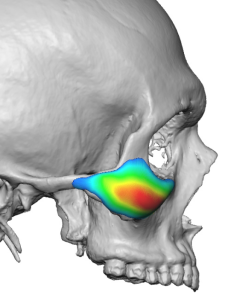Cheek augmentation in men is typically performed using the same off-the-shelf implants designed for women. However, it doesn’t take much thought to recognize the gender differences in ideal cheek aesthetics. The male cheekbone has distinct structural characteristics compared to the female: it is generally higher and more angular, whereas the female cheek is rounder and lower. Of course, these are general tendencies, and each patient must be evaluated based on their unique anatomy and aesthetic goals.
When examining standard cheek implants, it becomes apparent that their shapes are more suited to feminine contours. In my experience, few men desire a rounded malar or submalar cheek shape. For this reason, many of my male patients opt for custom cheek implant designs to achieve their desired look — most often described as a high, defined cheekbone. Some have come to me after unsatisfactory results with standard implants, while others have wisely recognized the need for a custom approach from the outset.
Having performed a large number of male custom midface augmentations, it is critical to distinguish between two different designs: cheek implants and infraorbital-malar implants. The custom infraorbital-malar implant is indicated for men who lack cheek projection and also have undereye hollowing. This implant differs significantly in shape and is placed through a lower eyelid incision. On the other hand, the custom cheek implant is designed for men without undereye concerns, focusing solely on cheek augmentation, and is placed intraorally.
While each custom cheek implant is unique to the patient, there are two general design approaches I have found effective for creating the coveted high cheekbone look:
1. High Anterior Cheek Implant
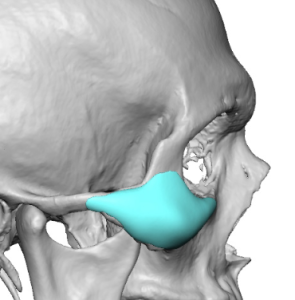
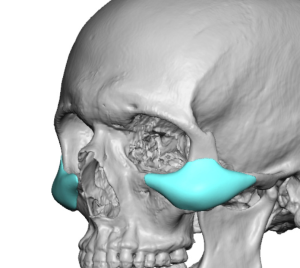
2. Extended Arch Cheek Implant
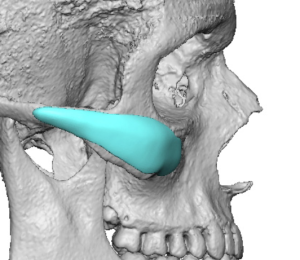
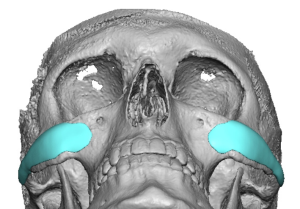
Choosing the Right Style
Each patient’s natural cheekbone anatomy and goals dictate which implant style is most appropriate. The high anterior cheek implant works best in patients with a flat midface and some existing lateral width, while the extended arch implant benefits those with a narrower, more angular facial structure by enhancing both projection and width.
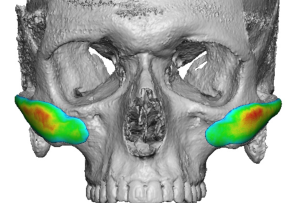
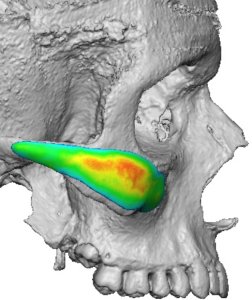
These two basic custom cheek implants designs for men are not, of course, the only shape options possible. But they do provide some initial implant design guidelines and a starting point for patients to consider.
Dr. Barry Eppley
World-Renowned Plastic Surgeon

